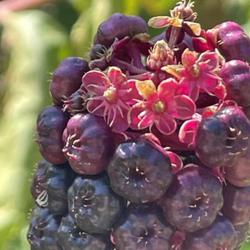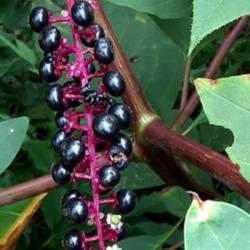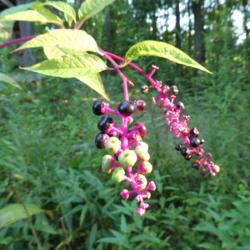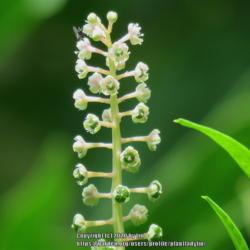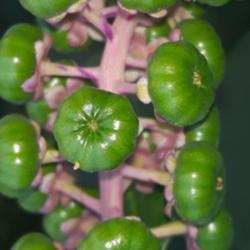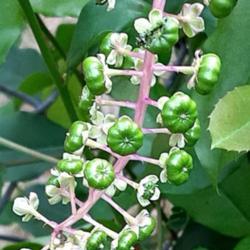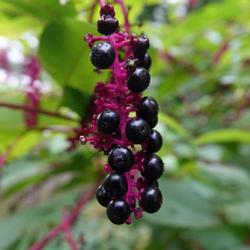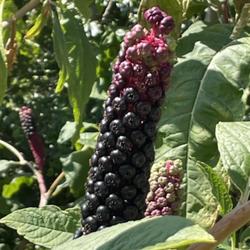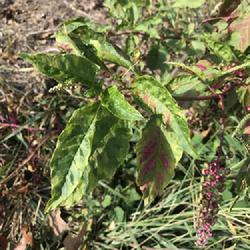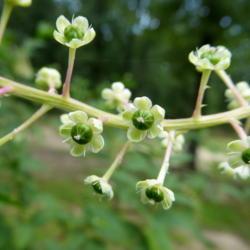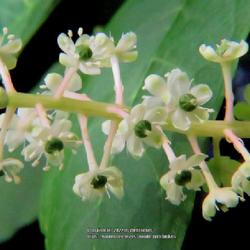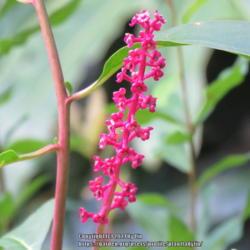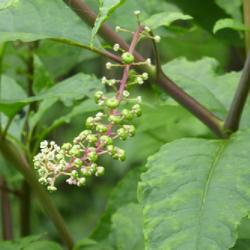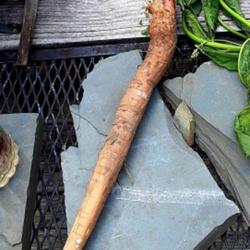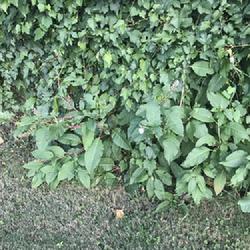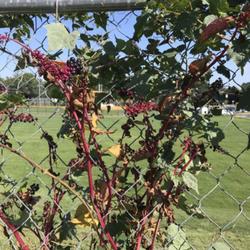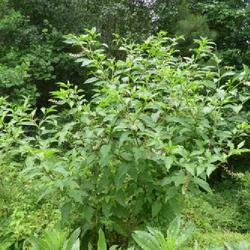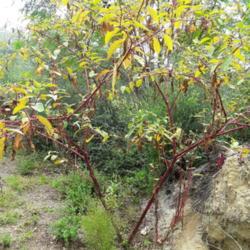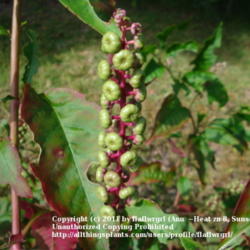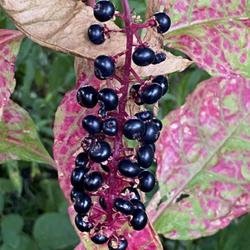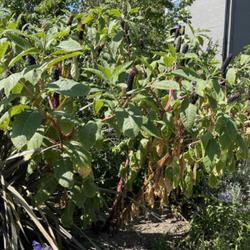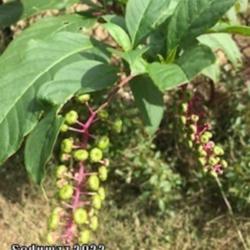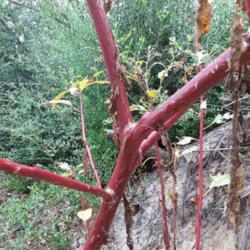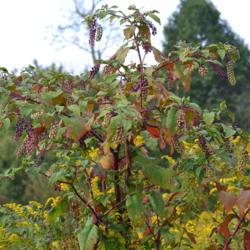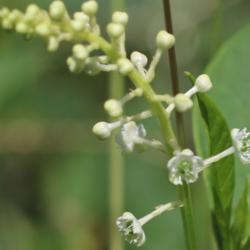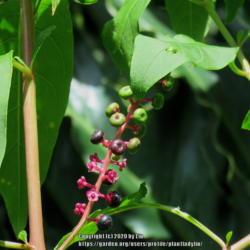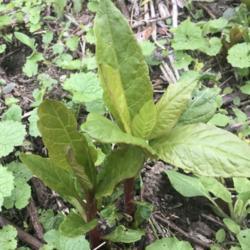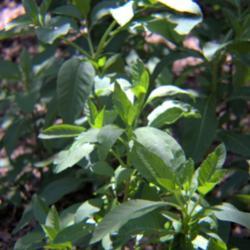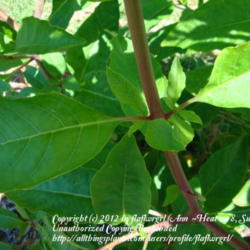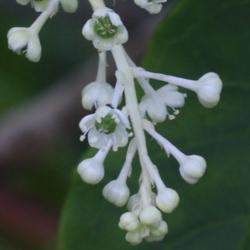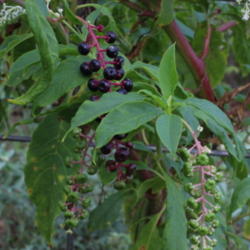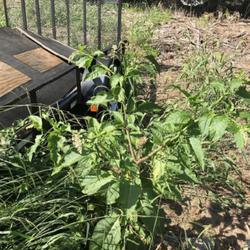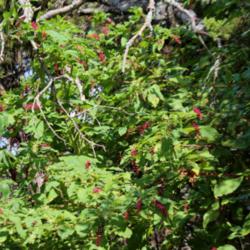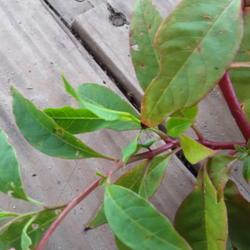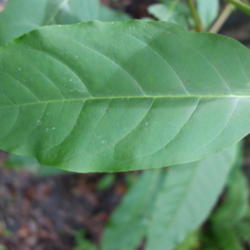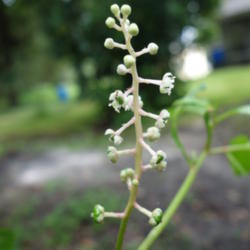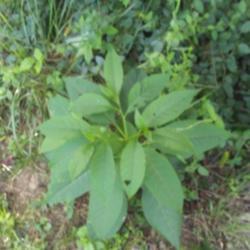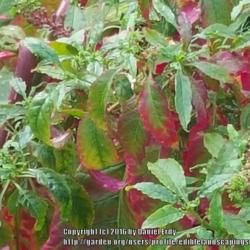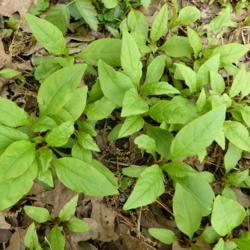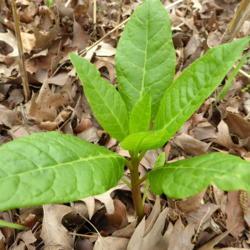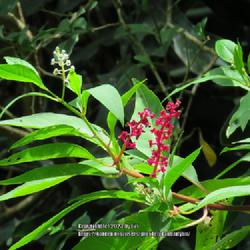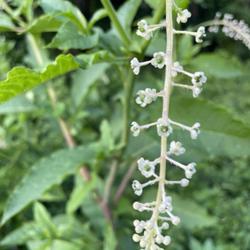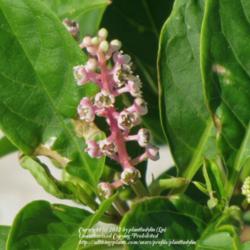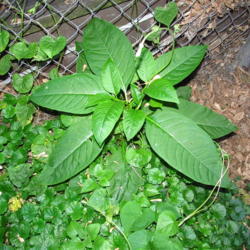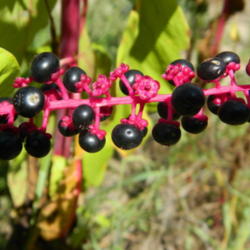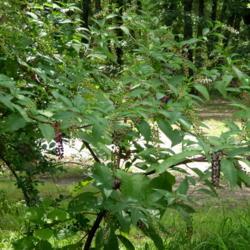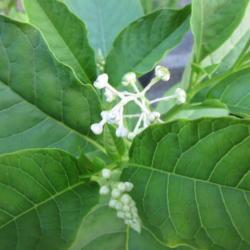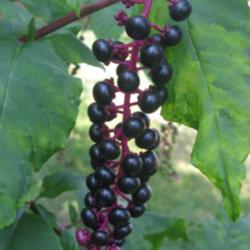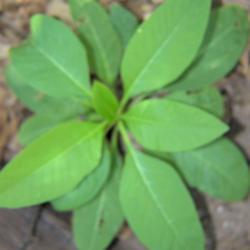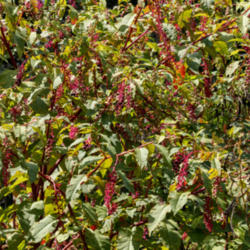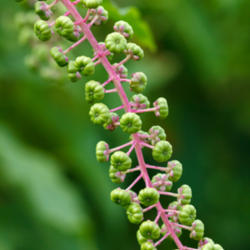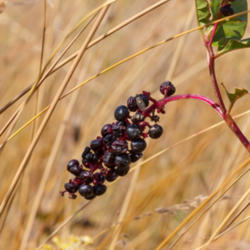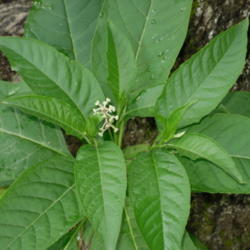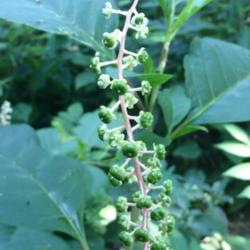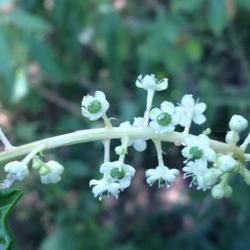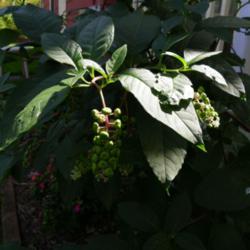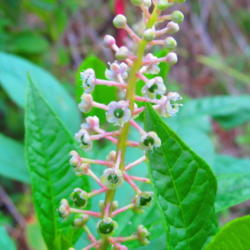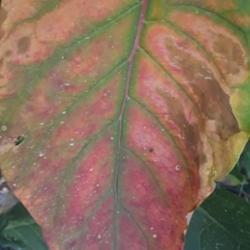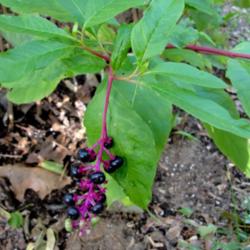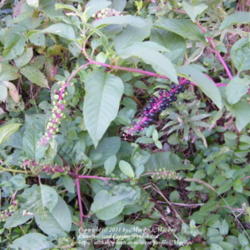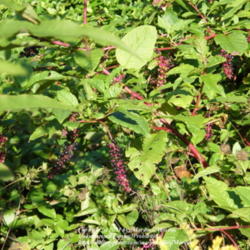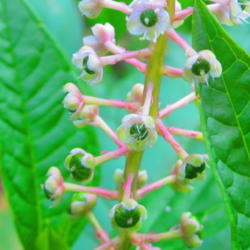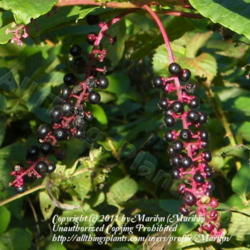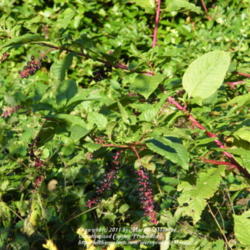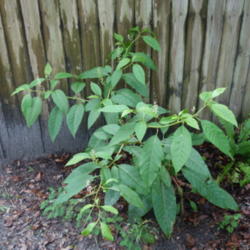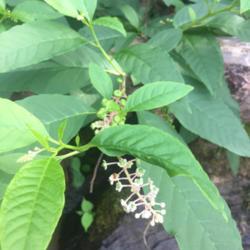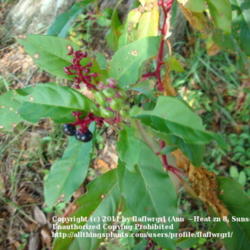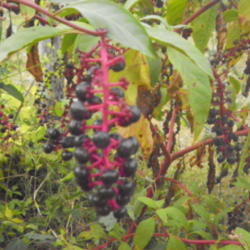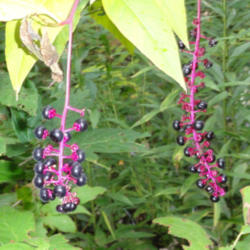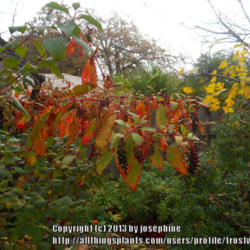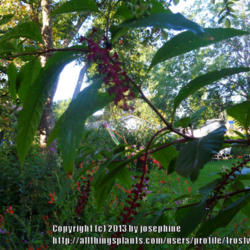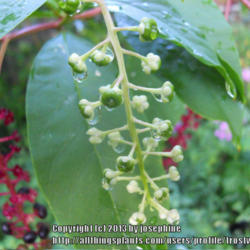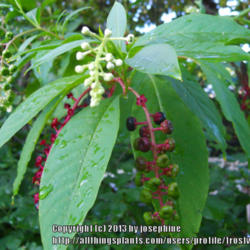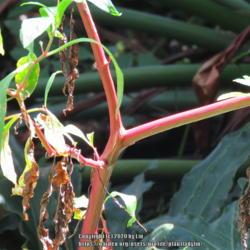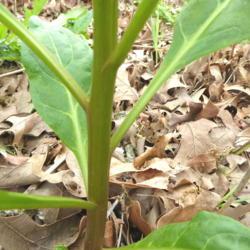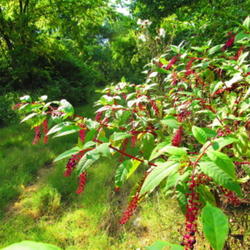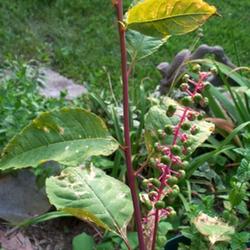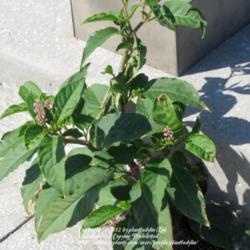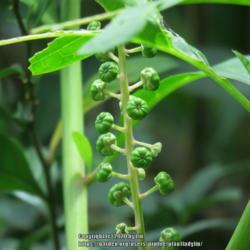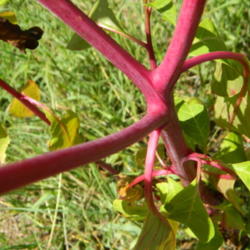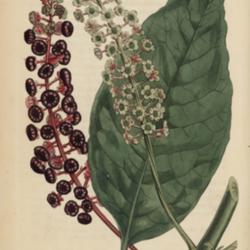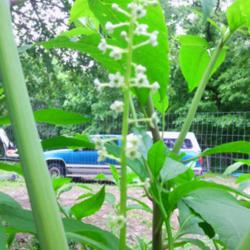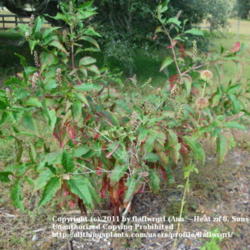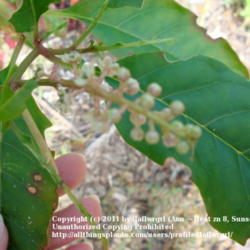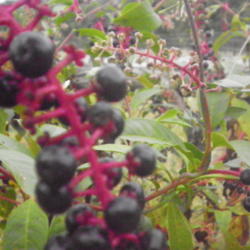Recent hype over pokeweed is growing to mythic proportions. I've never seen one actual news report of someone being poisoned. I tried to find any articles just now and none were about anything but warnings published in newspapers and websites about the horror of having one of these native plants in ones' midst. If one can be found, please share it.
When we go camping in a state park in a nature preserve in FL, there are tons of poison ivy and pokeweed in and around (and above) the campsites. The PI is one of the plants that appear on a sign about various common plants in the park, and in the little info pamphlet they give you so you can handle yourself more appropriately and safely in the park. The sign basically has a more polished version of, "here's what it looks like, it's here because it's native and important source of food for birds so don't touch it if it gives you a rash." There's no mention of pokeweed, growing within reach of hundreds of kids and bearing its berries for months every year. If it were a problem, they would at least put it on the sign.
Poison Control has a calm, reasonable article.
http://www.poison.org/articles......
Their statistics also indicate that kids are much more likely to be poisoned by cleaning stuff or medications (click "poison exposure statistics, pokeweed isn't among the things listed):
http://www.chop.edu/centers-pr......
From a very brief search, one can glean that various honeysuckle berries pose a similar degree of threat. Nobody is worried or warning about kids eating those, and they probably are much more common in the garden/landscape.
https://www.google.com/#q=hone...
Is there a warning like that for Oleander, various Solanums, Daturas, Nandina? It would seem strange to me to put such a warning on this plant, a standard food item for some, on the menu in restaurants, if it's not on the others that have no edibility and/or higher level of danger in regard to ingestion toxicity.
Have you ever seen a can of Oleander greens for sale?
http://waynesword.palomar.edu/...
People buy and plant Oleander, a much more toxic entity, in their yard on purpose, but if you have a pokeweed, you will be urged to kill it. Guaranteed, every time the plant is mentioned, somebody will mention how menacingly dangerous it is.
I agree that one needs to follow a recipe if they're going to experiment epicuriously, but there should be some perspective about discussing its toxicity, and/or suitability for any particular gardener/garden setting. There are various "toxins" in many parts of plants widely considered edible/food, and not all parts of every plant are edible. Tomatoes and potatoes come to mind. Tomato and potato leaves aren't considered edible because of the solanine. This is why potatoes must be stored in the dark or they turn green and can then cause indigestion because of the increase in solanine.
If one is in the U.S., P. americana is a native, an important food source for many birds. One article says that pokeweed has long been thought to have medicinal value.
"At one time it was employed to cure everything from boils to acne. Today, pokeberry is being researched as a possible treatment for cancer. According to the American Cancer Society, a chemical found in pokeberry juice has been used to successfully treat cancerous tumors in laboratory mice. The chemical is also being tested to determine whether it can protect cells from HIV and AIDS.
Remarkably, the lowly pokeberry may help solve the energy crisis. Researchers at Wake Forest University have discovered that a dye derived from pokeberries doubles the efficiency of fibers used in solar cells to absorb solar energy."
The sprouts pull easily the first year, and it is not difficult to keep mature plants from occurring by pulling or hoeing/scuffling sprouts while young and delicate. Boiling water poured on a mature root will kill it. After watching plant ID forums since they were invented, I've seen that most people who ask for pokeweed ID make the effort to say something about how attractive they think it is. In all my years of gardening in both OH and AL, I've seen pokeweed sprouts in my own garden maybe a total of a dozen times.
There's also the dye thing that's had varying degrees of prevalence throughout history, and something people still like to do. One of my favorite things about this plant is the disproven myth that the Declaration of Independence was written in pokeberry ink. No less charming even if not true, because it could have been.
I was thrilled to get a scroungy little sprout in our front yard last year. It was a puny thing and I guess it died because it's not back. If anyone is looking for a rationalization to keep a pokeweed plant that grabbed their attention enough to try to ID it, there are plenty.
